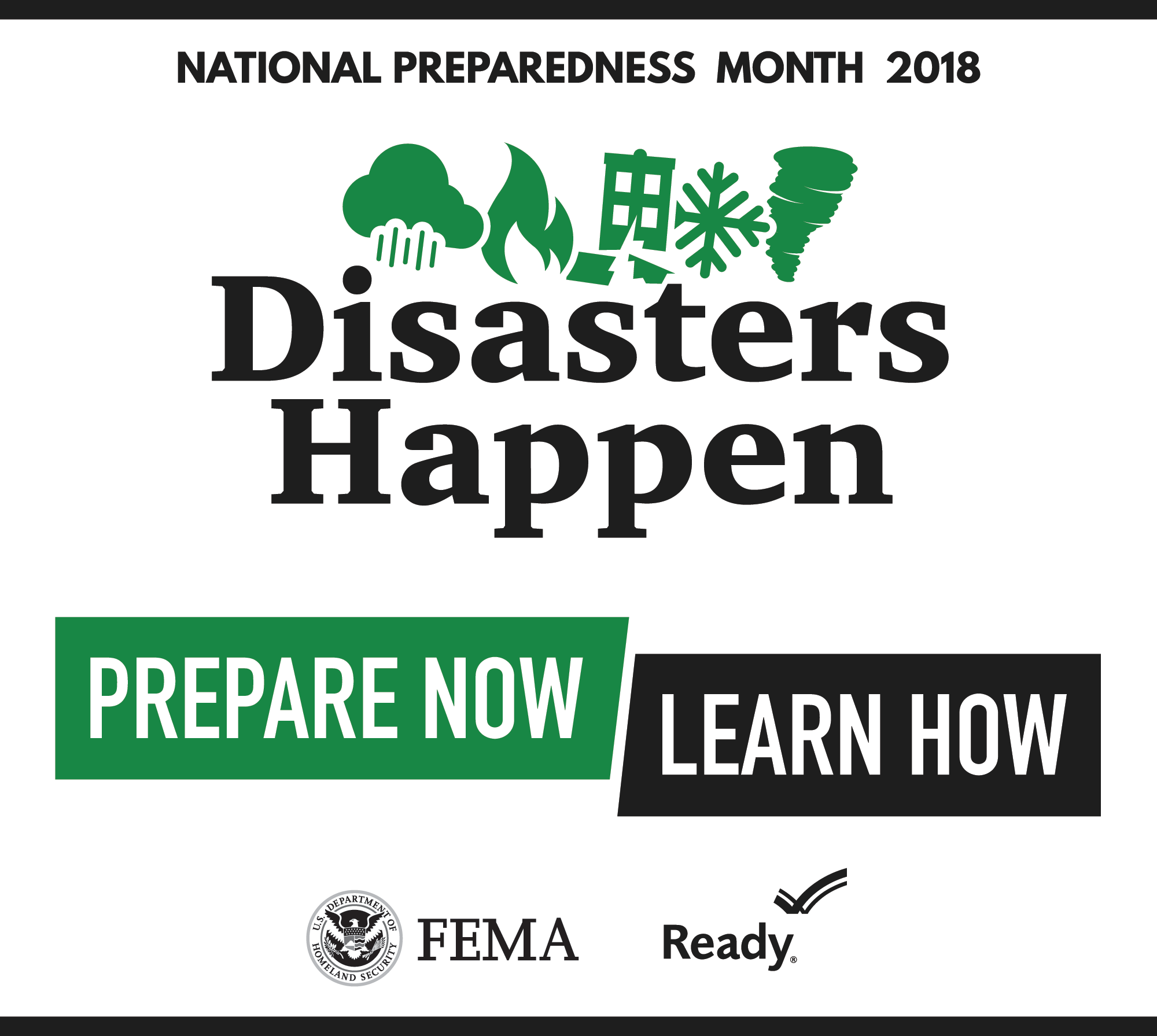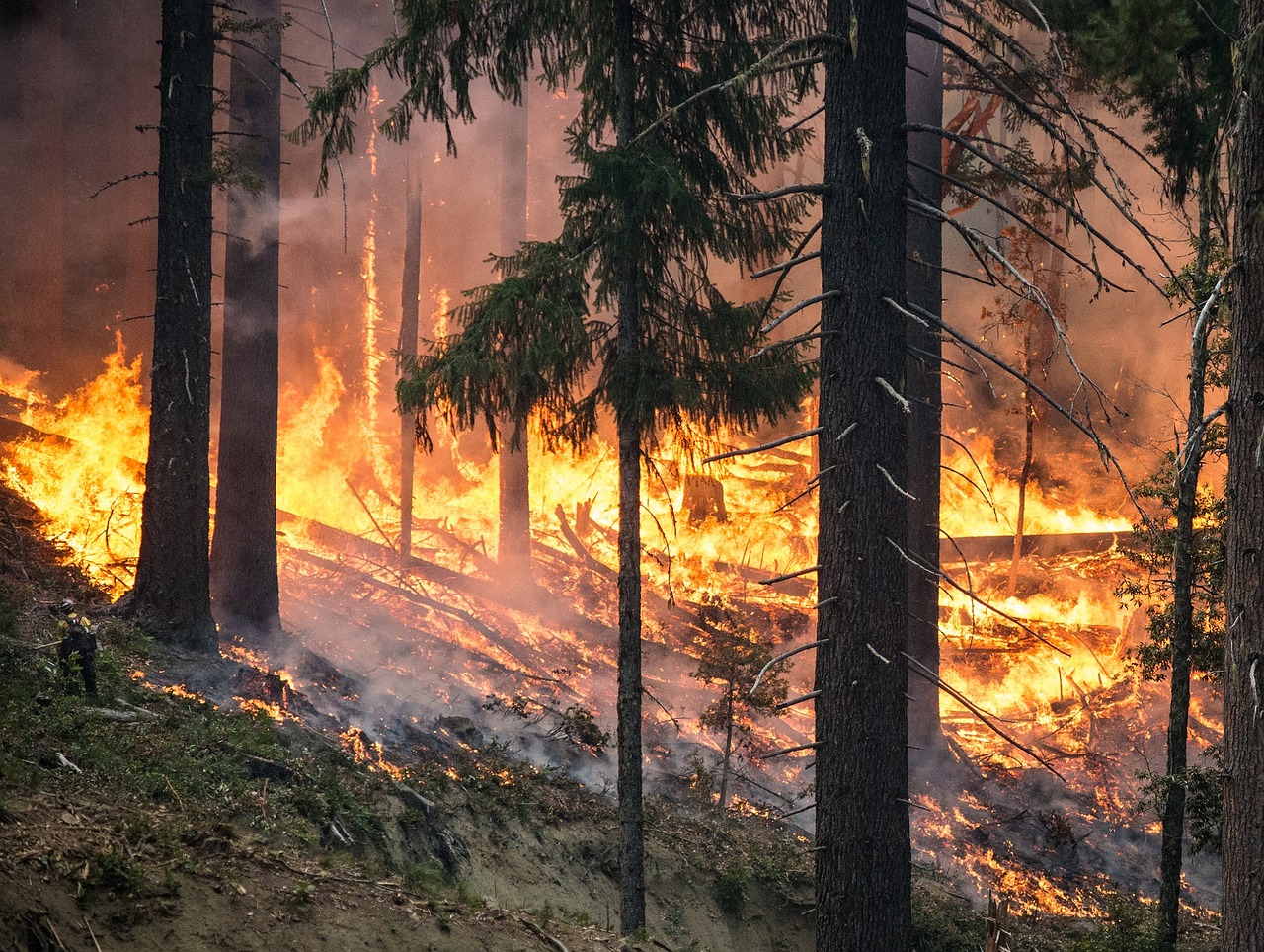We are reminded daily that mother nature can create an emergency situation in the area where we or our family live. Each year we are faced with the prospect of tornadoes, wild fires, mudslides and floods. The best way for every individual to help during an emergency situation in a community is first prepare themselves. State and national government agencies, along with Colorado State University Extension have extensive resources for all types of emergency situations.
daily that mother nature can create an emergency situation in the area where we or our family live. Each year we are faced with the prospect of tornadoes, wild fires, mudslides and floods. The best way for every individual to help during an emergency situation in a community is first prepare themselves. State and national government agencies, along with Colorado State University Extension have extensive resources for all types of emergency situations.
3 Day Food Supply
First, prepare a three-day supply for each person in your family. Consider these tips when preparing your shelf-stable food supply:
- Store food you like and normally eat
- Rotate and use emergency food and water every 6 to 12 months
- Choose shelf-stable foods that do not require a refrigerator or freezer for storage
- Consider small can sizes that provide just the number of servings that would be consumed at one time
- Keep disposable eating utensils and a manual can opener in your emergency kit
- If you don’t have an alternative way to boil water, do not include instant foods
- Use metal, glass or rigid plastic containers to store food packaged in cardboard boxes, thin plastic or paper to avoid insect and rodent damage
Suggestions for Shelf-Stable Foods and Water
- Grains – crackers, pretzels, crisp bread, ready-to-eat cereal, granola bars, rice cakes, hard taco shells, cup-a-noodles, and cookies
- Fruits – canned fruits, fruit leather, applesauce, dried fruits (raisins, prunes, apricots), and canned or bottled fruit juice
- Vegetables – canned vegetables, canned soups, instant vegetable or potato soups, and canned or bottled vegetable juice

- Dairy – canned evaporated milk, canned pudding, processed cheese, snack pudding cups, dry milk, shelf-stable milk or alternative milks like rice milk or soy milk
- Meat – canned or pouched tuna, sardines, salmon or chicken, other canned meats, canned soups with meat, canned beans, peanut butter, nuts, and commercially prepared jerky
- Water – plan and store one gallon of water per day, per person for drinking, cooking and personal hygiene
- Pet Food
- Infant Formula
Other items to include in your Emergency Supply Kit
In addition to ensuring a supply of food and water, include an Emergency Supply Kit. Many of these items you already have around the house. Gather and organize them into a duffle bag, small suitcase or plastic tote, and label it. Suggestions for an emergency supply kit include:
- First-aid kit
- Battery-powered flashlight, 12-hour light sticks (with extra batteries)
- Battery-powered, solar or crank radio (with extra batteries)

- Important Family Documents
- Personal medication/Medical record
- Extra Prescription medications and glasses, or a list of all prescriptions
- Personal sanitation & Hygienic items
- Extra clothing/Diapers
- Blankets or sleeping bags
- Rain poncho
- Whistle to alert rescue parties
- Face mask (to avoid inhalation of dangerous bacteria or smoke/debris)
- Household chlorine bleach
Educating yourself about the different types of common emergency situations for your area or state is another important way to prepare ahead of time. In the event that you do not have an emergency kit prepared, having the printed checklists above will help you grab the important items needed.


Good Information! One thing to add, if you scan all your important papers and store it on a jump drive, and store that jump drive somewhere other than at home, you can have those copies of your documents in an emergency. It takes lots of time to get things replaced.
Good Reminders, Thanks!
Thanks for the great tips, Tracy! Well written, and good information. So many drastic weather changes this year, and so many people looking for any information to help support being prepared. Thanks!
Good timing for this information!